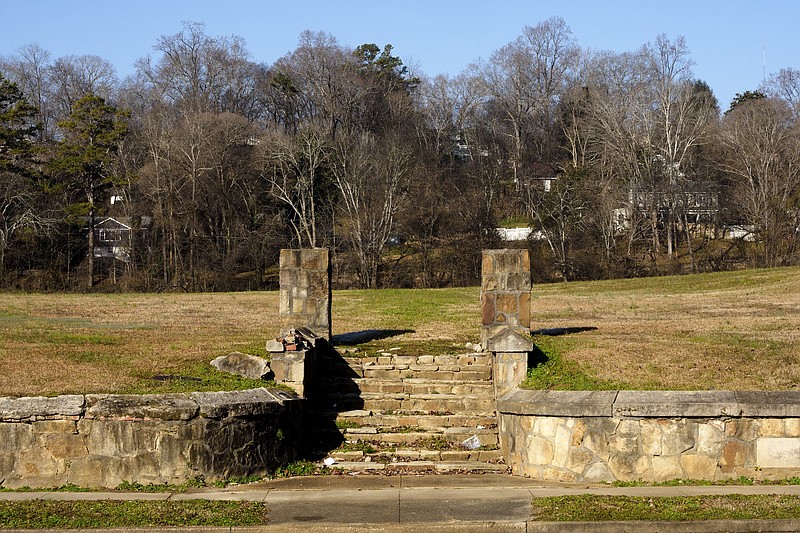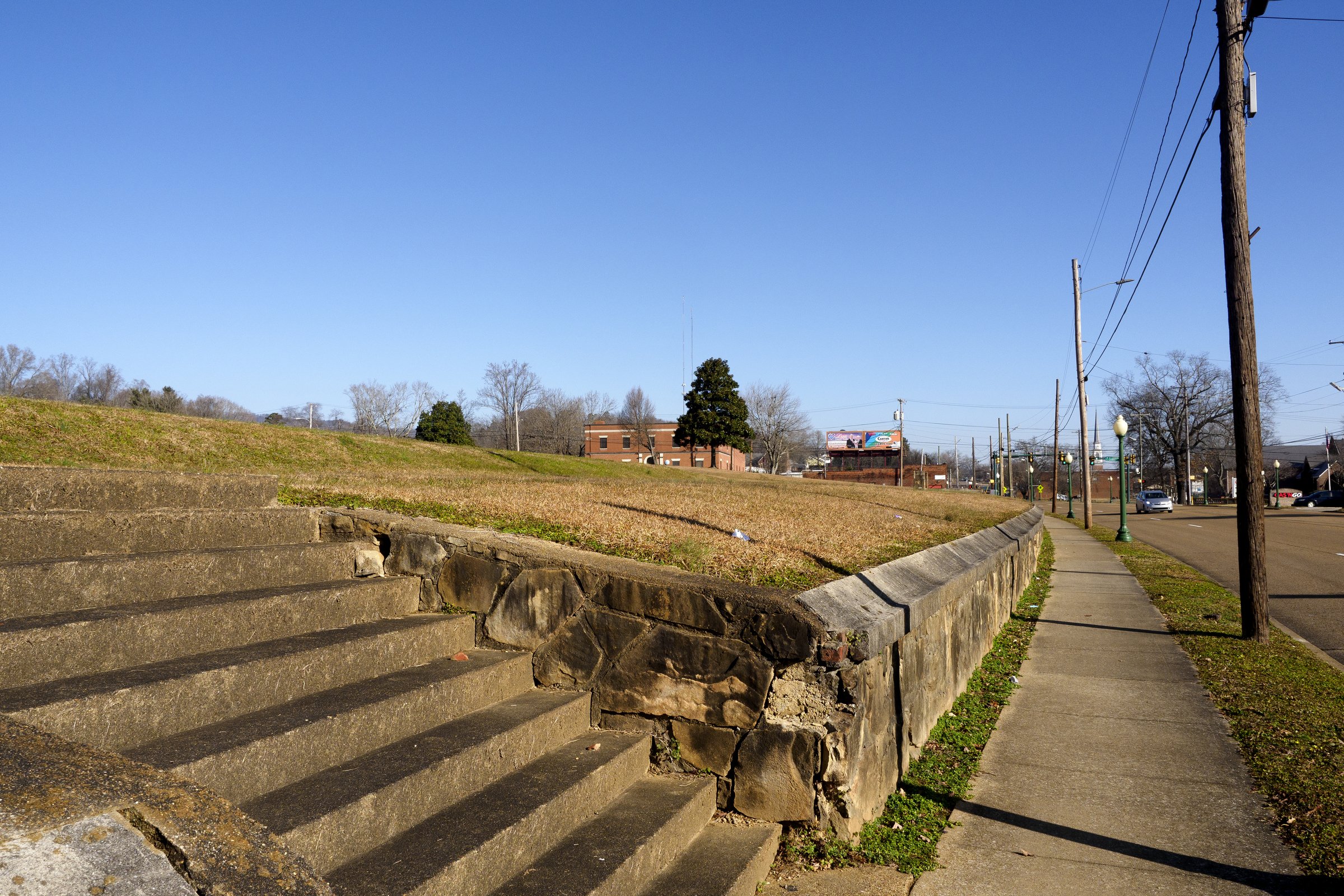To the untrained eye, the 12-acre tract in the middle of Red Bank's central business district may resemble little more than a vacant lot.
Longtime residents remember the property as the former home of Red Bank Middle School - and of Red Bank High School before that. After both schools eventually relocated off Morrison Springs Road, the existing buildings were torn down in 2013 to make way for the land's next chapter.
Since then, the plot has offered little more than grass and trees to passersby. But a vacant lot is not an idle lot.
"There are plants and animals that already call it home," said Don McKenzie, who lives nearby.
Since September, McKenzie and fellow resident Lawrence Miller have been working to identify the flora and fauna thriving at 3715 Dayton Blvd.
"There's life there," said Miller. "There's 50 species of birds. There's a resident red fox that lives at the park. We've seen him numerous times."
Together, they've documented just over 100 species of plants, and they expect to identify more when the spring flowering season begins. McKenzie, whose education and career experience are in wildlife management, said the 50 bird species were "way more than I expected to find."
Perhaps their biggest discovery has been a towering Virginia pine, one of two growing in a far back corner amid a larger cluster of hardwoods and shortleaf pines. Preliminary research suggests that the taller of the two could be the largest Virginia pine growing in Tennessee, perhaps even surpassing the biggest Virginia pine growing in Virginia.
"It was the largest I'd ever seen anywhere," McKenzie said. "It was so big, it made me start doubting myself."
He called in a professional forester, who had the same reaction. "It's definitely a Virginia pine, but it's just so darn big," McKenzie said the forester told him.
"We got out our books and started comparing the needles and cones and all the details to convince ourselves that's what it was," McKenzie said.
According to their measurements, the tree is nearly 100 feet high and 35 inches in diameter at its base. McKenzie has submitted paperwork to designate this "Pinus virginiana" as a state champion tree, though its official standing won't be known until spring when a crew from the University of Tennessee makes its determination.
Miller and McKenzie are among the city residents who'd like to see the vacant property established as a park. McKenzie and his wife, Jane West, have formed a group, Save Red Bank Central Park, to convince city officials of the value of the land as recreational greenspace.
In a November commission meeting, group member Lori Kyle laid out some of the not-for-profit organization's ideas for the property's future. She said income could be generated by renting it out for food or craft markets or for private events such as parties and weddings.
"We do have a layout we're planning for, hopefully, an amphitheater pavilion, a solar-powered restroom and hydration station," Kyle told commissioners.
She said the group's other ideas for use of the space include activities such as cricket and cornhole, sports, donation-based classes such as yoga and Pilates, community music events and festivals with food and crafts.
As McKenzie more recently noted, "Red Bank doesn't have a place for a farmers market, any type of public market. They're held in church parking lots. We don't have a public commons area capable of holding something like that."
At the commission meeting, resident Anne Wheeler objected to the unofficial name the group has given the property and reminded the administration that residents "should be fully aware that there are still other options" for the land. "It's not decided that it is a greenspace, because we still have businesses that would like to get into Red Bank that that would be prime property for."
In the November meeting, Commissioner Pete Phillips said he believes there's a chance for consensus on the decision, which he called a "once-in-a-lifetime opportunity" for a "$3.7 million piece of marketable land."
"I think if they present us some good options we can come up with some type of compromise or some type of agreement we all can get behind and have a 5-0 vote on this," he said.
For all the questions surrounding the property's future, one mandatory aspect of its use is already known. Red Bank Middle was built behind Red Bank High School on former municipal park space, then known as Morrison Springs Park. To fulfill a land-swap agreement the city made with the National Park Service for the new school property, at least 3 acres of the former site was to have been developed as public greenspace within three years. In May 2020, the city received a written reprimand from the Tennessee Department of Environment and Conservation for its continuing noncompliance with that agreement, following a review by the National Park Service of the U.S. Department of the Interior.
Miller and McKenzie acknowledge that not all residents see the benefit of leaving the full parcel undeveloped when it could draw retail or residential interest, but they believe a marquee park is central to Red Bank's broader revitalization.
"For a lot of people, Red Bank is not considered a destination. It's considered a place to drive through," said Miller. "We think the park could be an economic engine by raising the quality of life and making Red Bank more attractive to commercial development."
McKenzie compares it to the business clusters that sprang up near two of Chattanooga's most popular parks.
"Our vision for why this park could be a game-changing development for Red Bank is based in part on looking at Coolidge Park on the North Shore of Chattanooga," he said. "After Coolidge Park was built, look at what happened to Frazier Avenue. All those neat restaurants and businesses crammed in. The same thing happened nearby with Renaissance Park. All the land around those parks is incredibly valuable retail space. The parks draw the people and hold the people."
Staff writer Emily Crisman contributed to this story.


